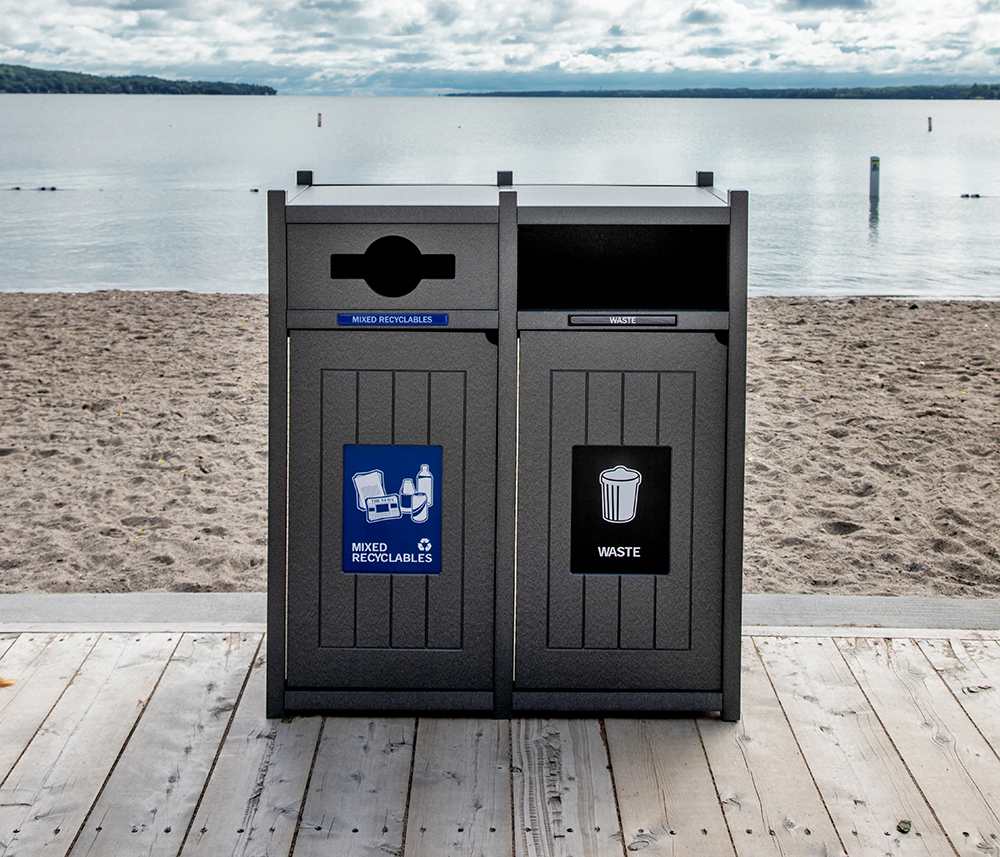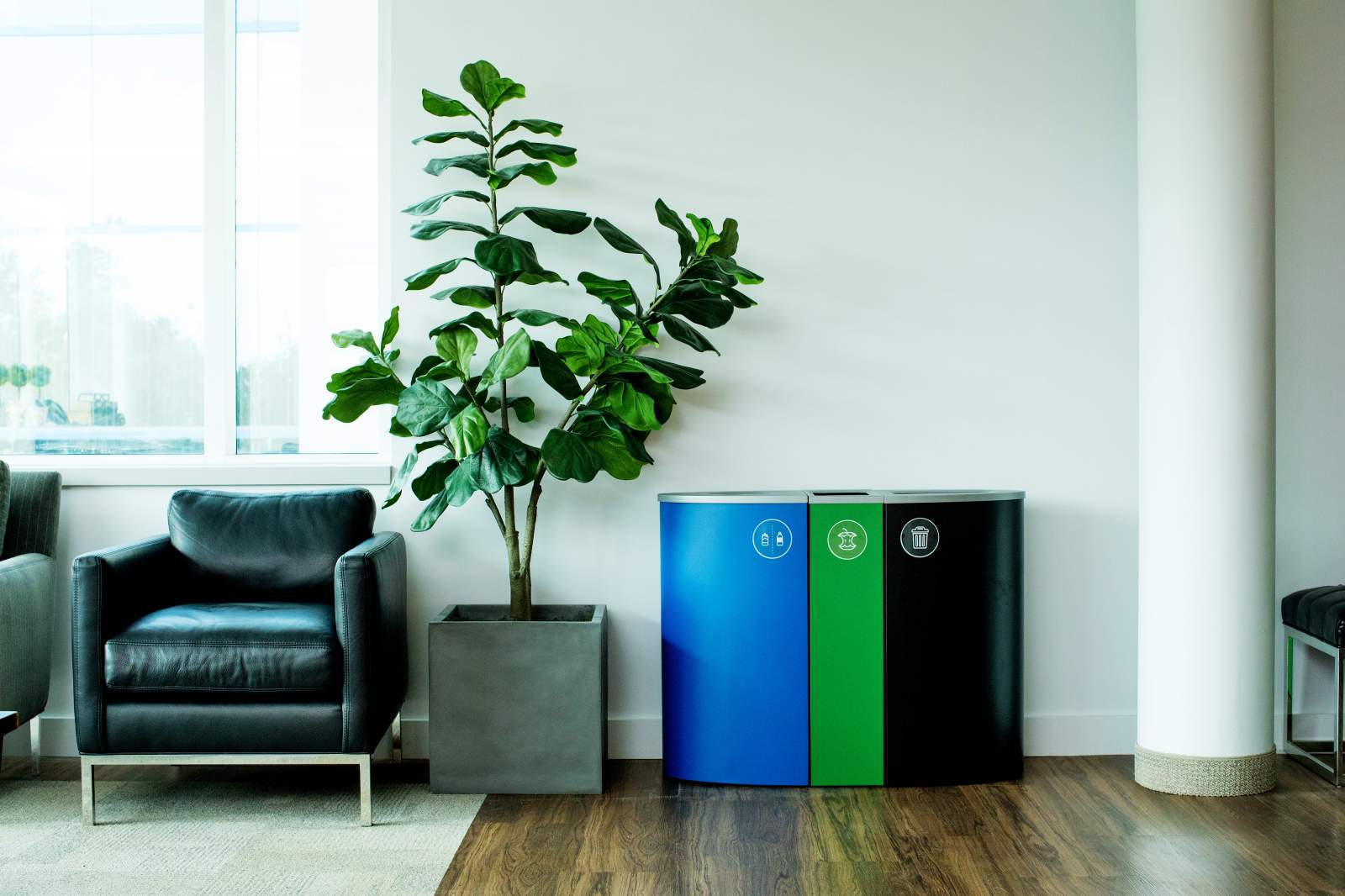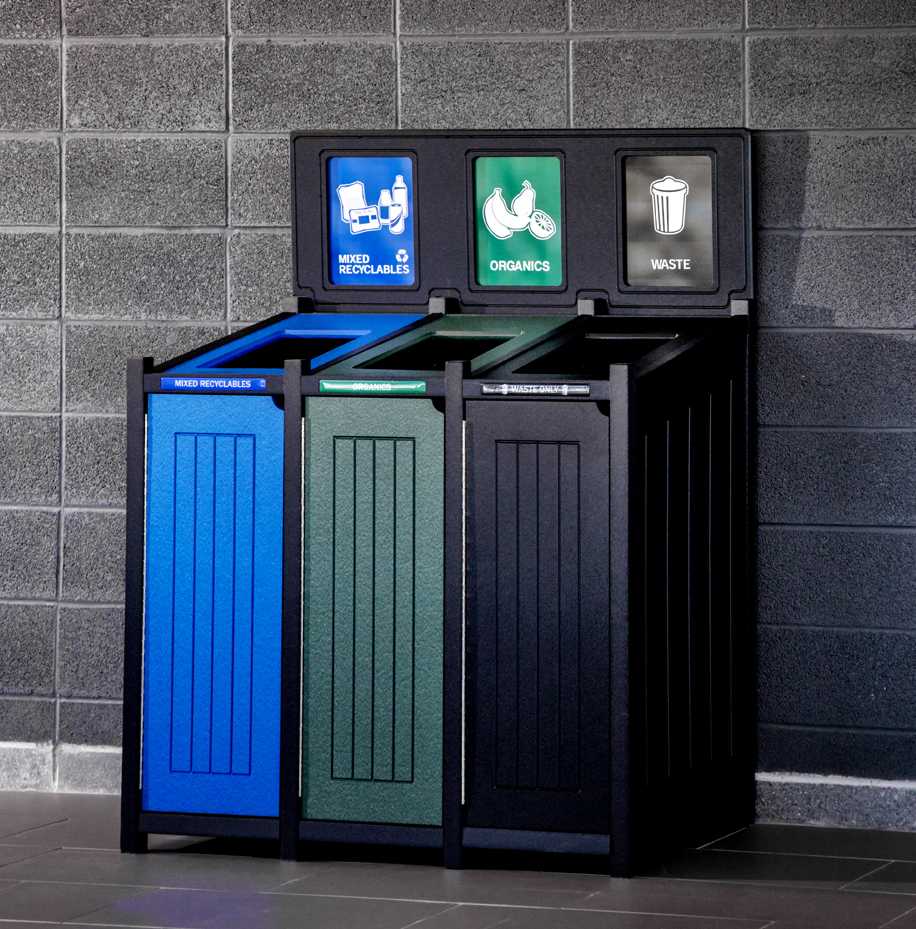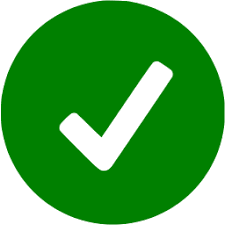Let’s consider a bottle of salad dressing as an example. When your bottle of Ranch runs out, did you rinse it out? Did you let it dry after that? Did you remove the labels before recycling the product? Did you separate the cap from the lid? Without performing these simple steps, that bottle of ranch could potentially contaminate your entire stream of recycling.
Contamination is defined as the action or state of making or being made impure by polluting or poisoning. Let’s consider a bottle of salad dressing as an example. When your bottle of Ranch runs out, did you rinse it out? Did you let it dry after that? Did you remove the labels before recycling the product? Did you separate the cap from the lid? Without performing these simple steps, that bottle of ranch could potentially contaminate your entire stream of recycling.
Tell me More!
Recycling contamination can happen in two different ways.
One way that contamination happens, as mentioned above, is when people leave residual product (i.e. food, shampoo) in the container. Before recycling an item that has residual product, it needs to be thoroughly rinsed and dried completely.
Tip: Did you know that drying the item is just as important as rinsing the residual product out? When you collect mixed recyclables, your wet shampoo bottle or sauce jar (even though it is clean) can dampen paper and cardboard items, which makes them harder to recycle.
The second way recycling can be contaminated is when materials are put into the wrong stream. For example: Organics in the plastic stream, plastic in the paper stream, you get the idea. This is problematic for our planet, as materials get sent to the wrong place. In some cases, entire recycling streams are discarded into the dumpster and sent to the landfill because they are beyond the point of sorting. This is how materials such as plastic bottles and bags end up in the landfill when they could easily have been recycled into valuable material.
Tip: Another common problem that is often overlooked is wishcycling. Wishcycling happens when you are aware that you want to recycle an item, but you aren’t sure what stream it goes into. In a panic, people often guess, which can lead to contamination. The best thing to do if you are unsure is look up local recycling guidelines.
Why does Contamination Happen?
Many people are blind to the fact that recycling contamination exists, and those who do know are often still culprits. Here’s a few reasons why:
- Lack of education about what materials can and can’t be recycled
- Different rules in every city/state/province. Recycling standards are not regulated on a federal level
- Hazardous materials, such as batteries or lighters are often discarded improperly
- Food waste and liquids left in recyclables
- Non-recyclable plastics put into recycling streams
Why is this a Problem?
Recycling haulers can reject material if they deem it too contaminated to process at their recycling plant. As we mentioned earlier, this often results in the materials being sent to the landfill when they could have otherwise been diverted. Many sorting facilities have to separate recyclables into proper categories manually, and the amount of sorting time effects the bottom line of the company. Efficiency is compromised, making recycling more expensive. In addition to the cost of time to sort, the quality of recyclable byproducts decreases when contaminated, which reduces the product’s market value. However, when we do our best to prevent contamination before it goes to the recycling facility, it is more likely that these recycled materials will be turned into new items!
What can we do?
Now that you know it’s a problem, what can you do to prevent it?
- Double check that you are putting items in the correct stream. Your region has specific recycling standards that differ from other regions, so it is best to make sure you are familiar with your own. This guideline will tell you which items belong in each stream.
- We can’t stress this enough: Rinse out all recyclable and allow them to dry before recycling!
- Generally, it is best to avoid recycling materials that could get tangled such as rope or cords, as they can get caught in parts of the machinery at recycling facilities.
- If you are unsure of where to recycle an item, and you cannot find out from your local recycling guidelines, it is best to throw that item in the trash rather than risking the contamination of an entire recycling stream.
- Work to involve others in recycling efforts and offer your recycling knowledge when possible!



















